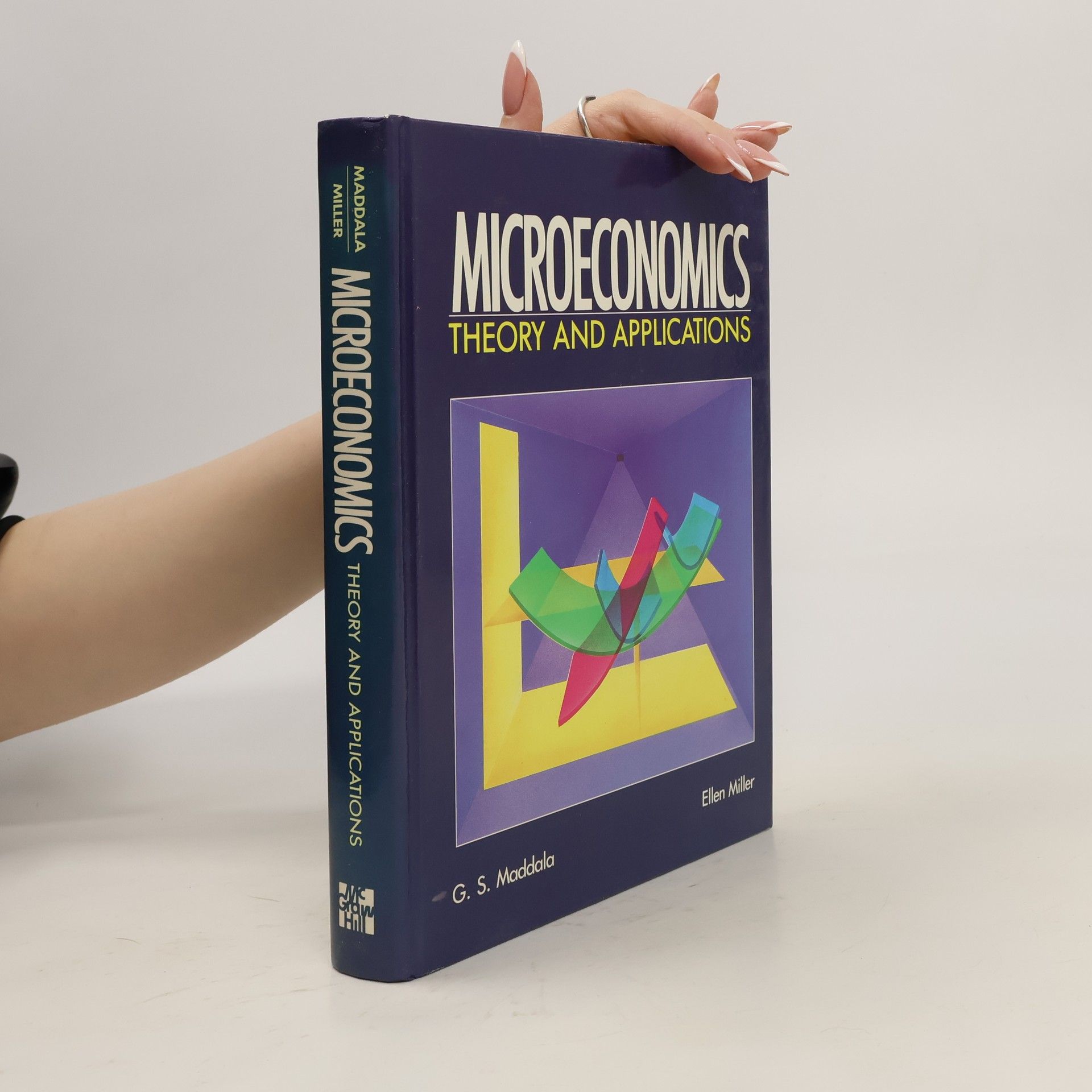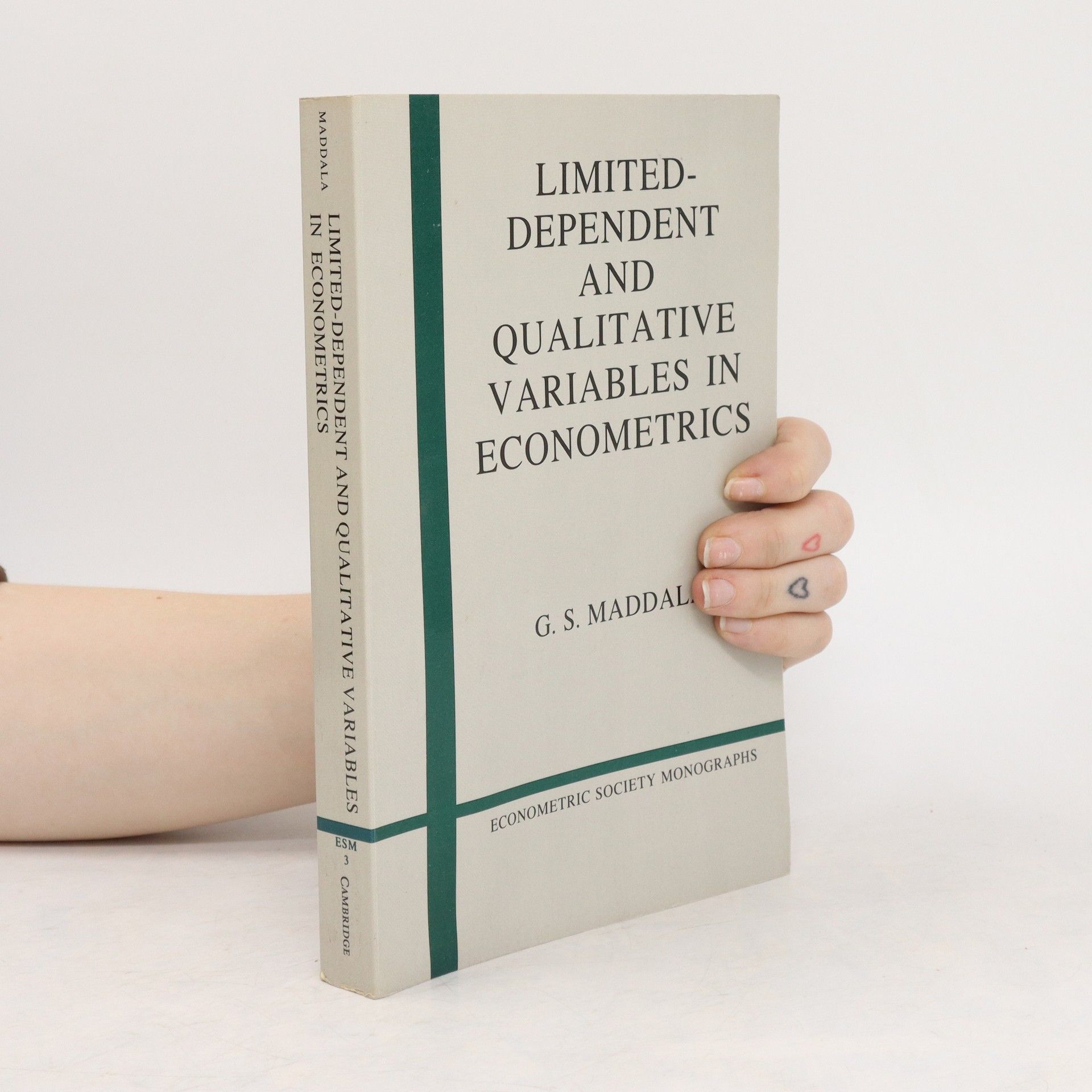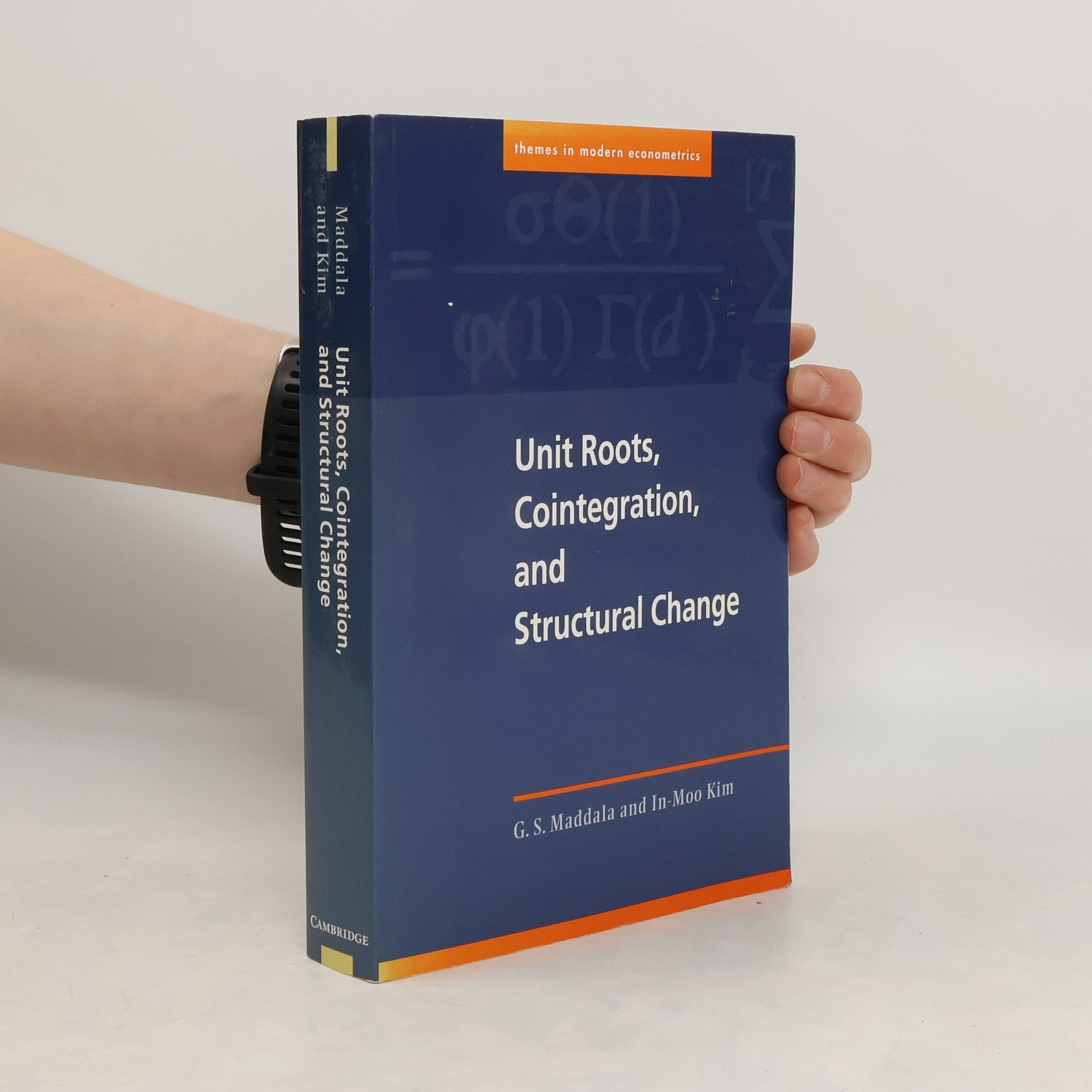Time series analysis has undergone many changes in recent years with the advent of unit roots and cointegration. Maddala and Kim present a comprehensive review of these important developments and examine structural change. The volume provides an analysis of unit root tests, problems with unit root testing, estimation of cointegration systems, cointegration tests, and econometric estimation with integrated regressors. The authors also present the Bayesian approach to these problems and bootstrap methods for small-sample inference. The chapters on structural change discuss the problems of unit root tests and cointegration under structural change, outliers and robust methods, the Markov-switching model and Harvey's structural time series model. Unit Roots, Cointegration and Structural Change is a major contribution to Themes in Modern Econometrics, of interest both to specialists and graduate and upper-undergraduate students.
G.S. Maddala Books



Limited-Dependent and Qualitative Variables in Econometrics
- 401 pages
- 15 hours of reading
This book presents the econometric analysis of single-equation and simultaneous-equation models in which the jointly dependent variables can be continuous, categorical, or truncated. Despite the traditional emphasis on continuous variables in econometrics, many of the economic variables encountered in practice are categorical (those for which a suitable category can be found but where no actual measurement exists) or truncated (those that can be observed only in certain ranges). Such variables are involved, for example, in models of occupational choice, choice of tenure in housing, and choice of type of schooling. Models with regulated prices and rationing, and models for program evaluation, also represent areas of application for the techniques presented by the author.
"Microeconomics" provides a contemporary, comprehensive and clear coverage of intermediate microeconomics within a European context. The text aims to ensure effective understanding of the essential principles and is as a result unique in its patient and careful coverage of the core microeconomics topics, (including, for example, the analysis of consumer demand, the cost of production and the pricing of products under different forms of industrial organization). "Microeconomics" brings theory to life with its many pan-European examples and extended applications. The extended applications include VAT on domestic energy, energy conservation, land use restrictions in European agriculture, monopsony, and minimum wages laws. Highlighted examples include retirement pensions, pricing strategy at Euro-Disney, and health care costs across Europe.